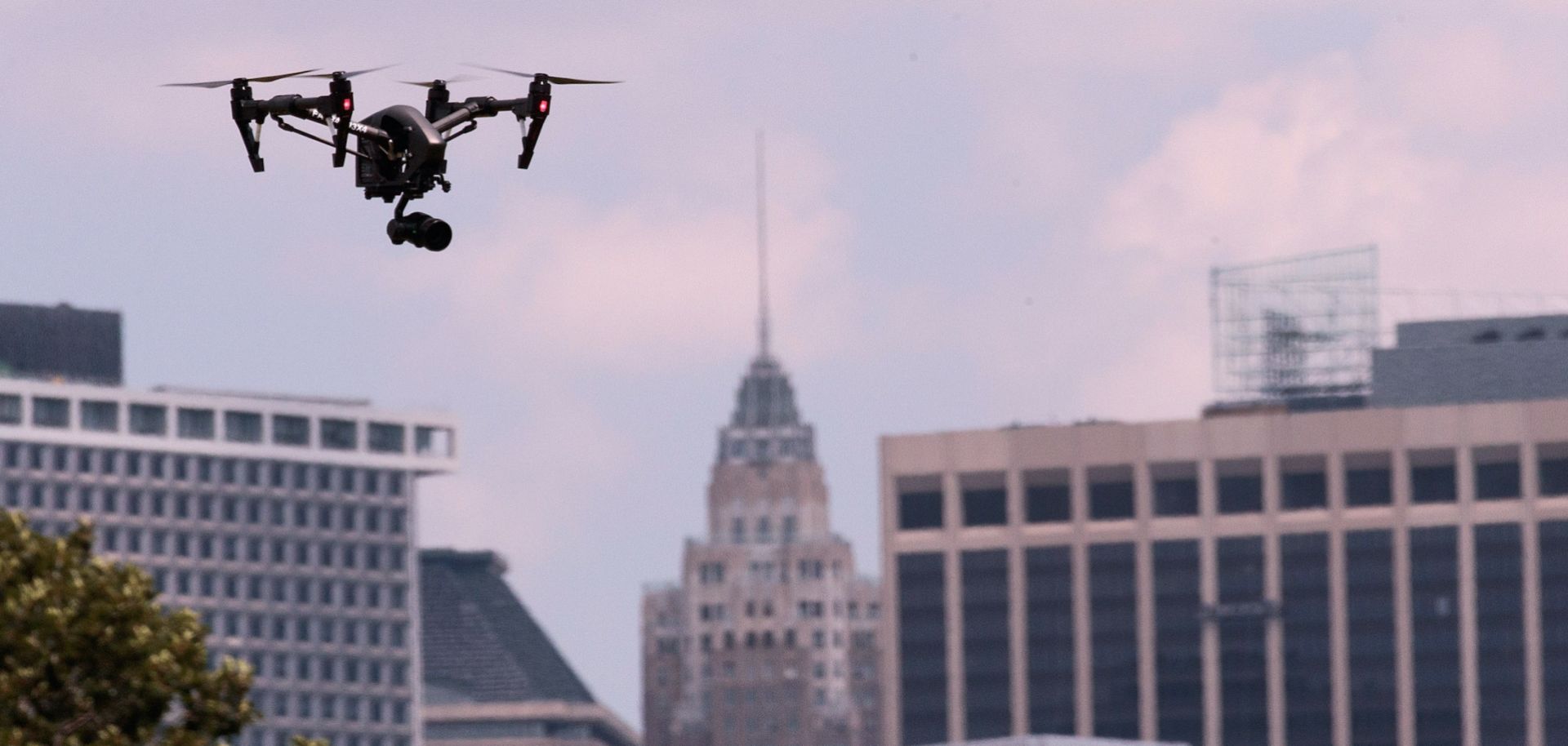COLUMNS
When Drones Attack: The Threat Remains Limited

Jul 17, 2018 | 08:00 GMT

A drone flies during practice day at the National Drone Racing Championships on Governors Island, August 5, 2016, in New York City.
(Drew Angerer/Getty Images)
Highlights
- Commercial drones have become widely available, not only to hobbyists but also to those with more nefarious purposes.
- To date, attacks by non-state actors using drones have involved dropping military ordnance from commercial models.
- The difficulty of obtaining military ordnance or fabricating improvised drone munitions will serve as a limiting factor for such attacks.
- A drone attack in the West by a terrorist is likely to cause more panic than outright damage.
Subscribe Now
SubscribeAlready have an account?
